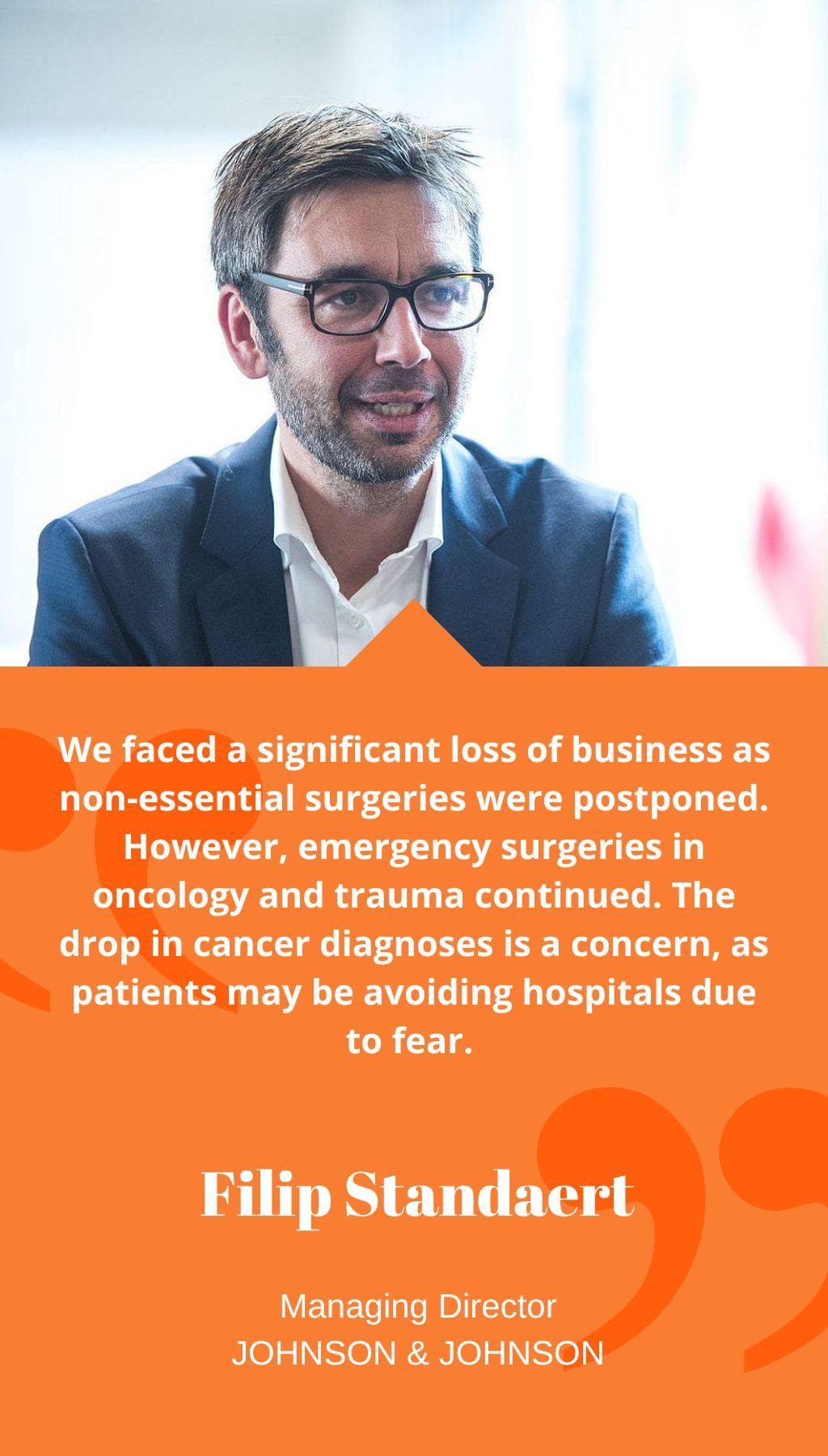
- Norway | 5 November 2020

What was the mandate given to you when you took on the role of MD for the Nordic region, and how important is this cluster to the European group?
Upon taking up the position, I was tasked with two main missions. The first mission was to make the Nordics a healthcare pilot and innovation hub for Europe. The region has all the necessary elements, including excellent healthcare systems, abundant data, and a culture of innovation. My goal is to accelerate the Nordics as the go-to place for testing and piloting future healthcare innovations. The second mission is to strike a balance between leveraging synergies among the five Scandinavian countries and respecting their specific needs. By taking a balanced approach, the combined region can become greater than the sum of its parts.
What challenges exist in managing these five countries as one cluster?
While it may be tempting to see the Nordics as homogenous, managing these countries as one cluster poses challenges. Many multinationals operate in the Nordics as a single team with a “Nordic” organization. However, J&J has adopted a decentralized model with local organizations and dedicated country directors. This is because the customer connection, particularly with hospitals and surgeons, works best with local people, local programs, local language, and local talent. General functions such as regulatory, HR, finance, and supply chain are maintained centrally, but customer-facing and value-added work is now localized.
How has onboarding an enhanced role in a new country during a pandemic been challenging?
It was a unique and enriching experience, albeit a busy one. Joining a massive cluster organization with only three weeks of face-to-face interaction before the pandemic forced remote work was a significant challenge. However, in times of crisis, leaders need to step up and take charge. Managing through the past nine months has strengthened the bond between me and my team. Every crisis has its positives, and it has been an opportunity for growth and adaptation.
How has J&J responded in the Nordics amidst the challenges faced by the Medical Devices sector in 2020?
We faced a significant loss of business as non-essential surgeries were postponed. However, emergency surgeries in oncology and trauma continued. The drop in cancer diagnoses is a concern, as patients may be avoiding hospitals due to fear. This may lead to a backlog in the coming years. The biggest challenge for hospital systems in 2021 will be reducing waiting lists, which were already long before the pandemic. J&J aims to provide tools and expertise to help hospitals address these challenges and achieve better patient outcomes.
How can J&J contribute to driving efficiencies within the Norwegian healthcare system?
J&J aims to be a value partner, providing holistic medical technology solutions rather than just devices. We want to help hospitals create maximal outcomes of care, increase patient satisfaction, and reduce costs—the “Triple Aim” approach. For example, in joint replacements, we not only provide innovative implants but also an operating room efficiency system that standardizes procedures, improves documentation, and increases efficiency. We also offer patient tools like the “Care4Today” app for pre- and post-operative support. By focusing on value-based procurement and long-term partnerships, we can drive efficiencies and create better outcomes.
How receptive do you think Norwegian stakeholders are to these holistic solutions?
Traditionally, hospitals showed little interest in such solutions due to decentralized decision-making. However, the situation is changing rapidly, with more procurement officers, surgeons, and nurses open to the value approach. While there are still differences between regions and hospitals, Finland is leading the way in embracing the value approach. Change management is necessary, but Norway is starting to understand the importance of integrated, value-added solutions and developing partnerships with healthcare players.
What progress has been made in making the Nordics an innovation hub in 2020?
Introducing innovative solutions during a crisis has been challenging, as healthcare providers prioritize immediate needs. The tender-driven nature of the hospital business, with a focus on price, has limited the adoption of value-added solutions. To turn Norway and the Nordics into an innovation hub, there must be a shift toward value-based procurement and a more open tender process. When tenders start valuing outcomes, efficiency, and patient satisfaction, long-term partnerships can be formed. J&J is ready to invest in start-ups and contribute to the ecosystem, but a business climate rewarding quick innovation is crucial.
What motivates you on a daily basis?
Working with motivated and driven people, building teams, and leading them is what gives me energy. The medtech industry itself and the potential to shape future innovation are also motivating factors. It’s an exciting time to be in medtech, and I am passionate about making a positive impact in healthcare.














